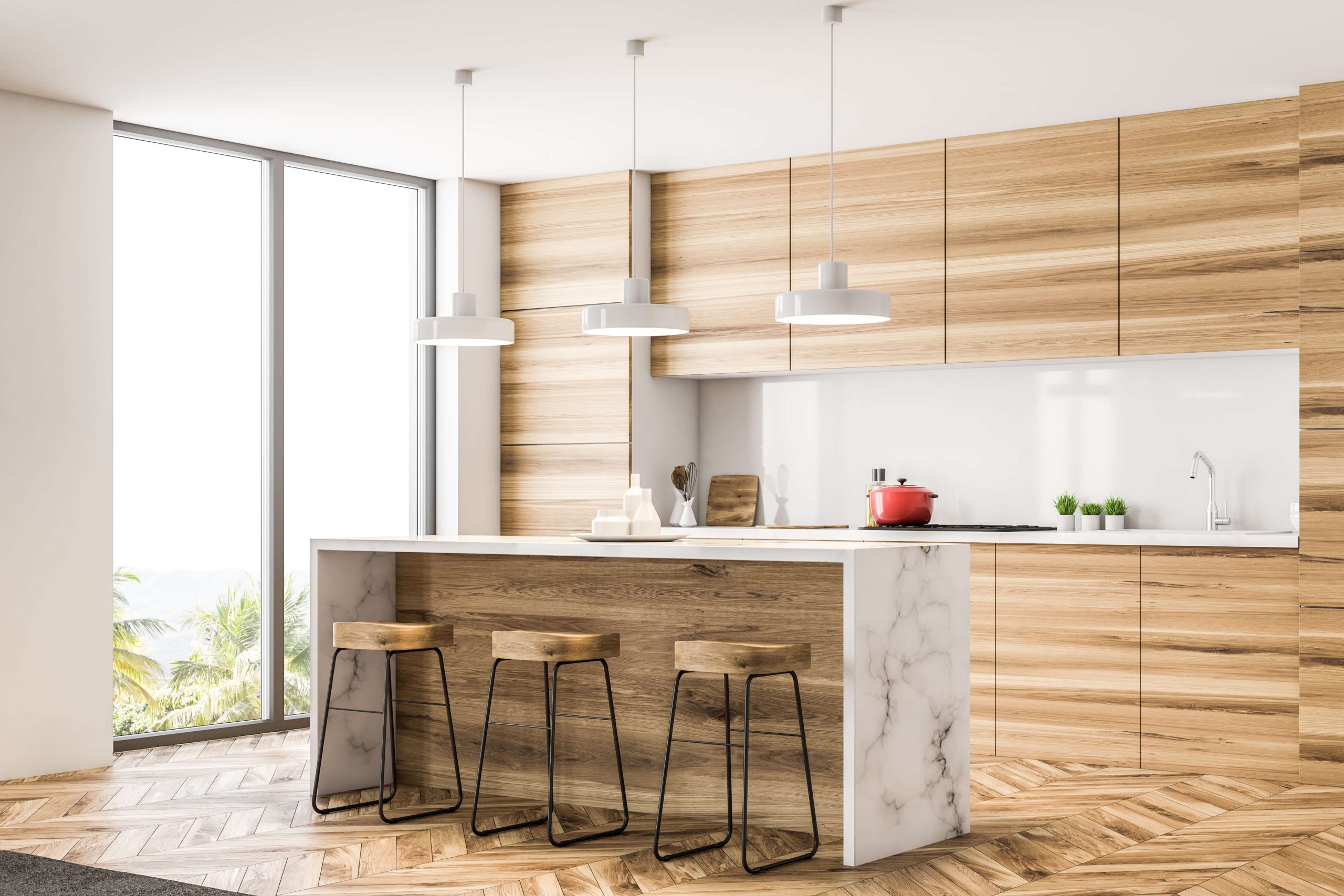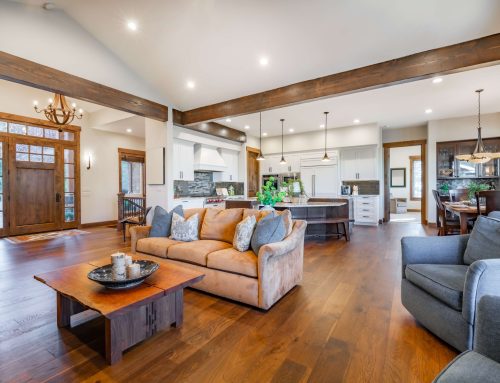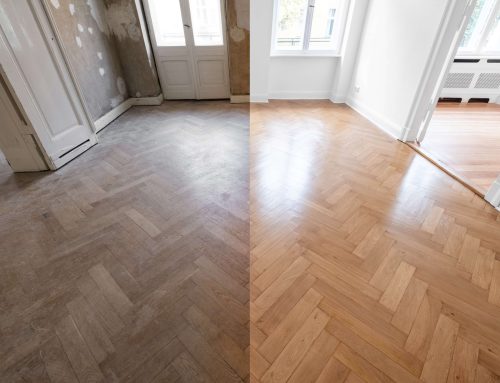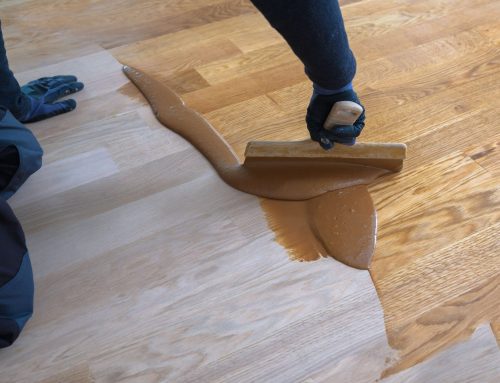When you walk into a house, what catches your eye first? For me, it’s the floors. Especially in Leeds — so many old homes still have those original wooden floors that just scream character. Over the years, though, they get scratched, stained, and looking a bit tired. And if that’s how your floors are looking, you might think about ripping them out and putting in something new. But I’ll tell you—restoring those floors can make a bigger difference than you expect.
I’ve talked to some folks right here in Leeds who’ve gone that route. They were unsure at first, but after seeing the great results, they all say they wish they’d sorted it earlier. It’s like giving your house a facelift—only with your floors.
Why more people in Leeds are choosing to restore their wooden floors
Keepin’ it real—preserving history
Leeds has a lot of old buildings—Victorian terraces, mills, cottages—that still showcase original, character-filled wooden floors. Covering or ripping them out means losing a big part of what makes the house special. More locals now prefer to restore what’s already there rather than replace it. It keeps the charm and authenticity alive.
Save some cash
New flooring isn’t cheap. The costs of ripping up, disposal, and installation pile up fast. Restoring, on the other hand, tends to be a lot more affordable. Often just a good sand, polish, and minor repairs restoring beauty — all without the hefty price tag.
It’s better for the environment
Many in Leeds are eco-conscious. Restoring your existing floors means less waste and fewer new materials used. It’s a small step, but a meaningful one, and it keeps your home sustainable.
Lasts for decades
Professionally restored floors can easily serve you well into the future. Skilled artisans know how to fix tiny cracks, replace individual boards, and seal everything up tight. Properly done, your floors could last for another 20, 30, or even 50 years.
A healthier home
Old floors trap dust, pet hair, and allergens. Restoring and sealing them well helps reduce indoor irritants, which is great for anyone with allergies or breathing issues.
How the restoration process works
Here’s a quick overview:
- First, they check your floors. A pro examines their condition, looks for damage, and suggests what needs doing. Sometimes, a simple clean and polish does the trick; other times, some repairs are needed.
- Next, they sand it down. Modern sanders are cleaner and quieter—gently removing old, worn finish and scratches, revealing fresh, beautiful wood.
- Then, they fix damage. Cracks or splinters? Repaired or replaced by experienced hands who can match the old wood seamlessly.
- Finally, you pick your finish. Matte, satin, gloss—they’ll help you choose what suits your style and lifestyle. A good finish protects your floors from future damage, keeping them looking great.
How to find a good local team in Leeds
- Ask around. Friends or neighbors who’ve had work done usually have useful recommendations.
- Look at reviews and photos. Reputable companies will happily share their previous projects. Seeing “before and after” pictures speaks volumes.
- Ask about guarantees. A genuine professional should offer warranties or guarantees on their work.
- Take your time. Avoid anyone rushing through or giving vague quotes. Trust your instincts.
Is restoring your floors worth it?
Absolutely. If your floors are scratched, dull, or uneven but still sturdy, a professional restoration can bring back their former beauty. Plus, in Leeds, understanding how to handle historic or delicate floors is key—local experts do this day in, day out.
Restoring preserves the character and authenticity of your home—something many Leeds homes pride themselves on. It’s more affordable than replacement, better for the environment, and can give you beautiful, long-lasting results.





